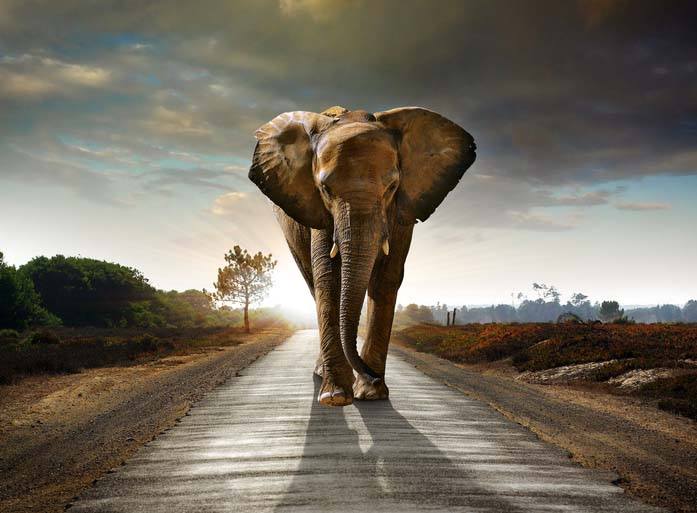
As some of you may already know, this past May 20 we celebrated Endangered Species Day. Endangered Species Day is a holiday sponsored by the Endangered Species Coalition, designed to promote awareness of, and spur people into, action to protect endangered species.
An endangered species is defined as a population of animals or plants that is in danger of becoming extinct, usually because its numbers have become too small or because it is being threatened by changes in the environment or under increasing stress from predators. The numbers are staggering; some estimate that as many as 30 or 40 percent of all animals on the earth are facing some level of threat.
The International Union for the Conservation of Nature (IUCN) maintains a “Red List” of Threatened Species, which organizes and categorizes threatened species according to their likelihood of extinction. The Red List ranges from species where extinction is “Least Concern” (animals like giraffes, American alligators and American crows), through increasingly threatened levels identified as “Near Threatened” (tiger sharks and African grey parrots), “Vulnerable” (cheetahs, great white sharks), “Endangered” (these animals face a high risk of soon becoming extinct, and include the Asian elephant, blue whale and snow leopard), “Critically Endangered” (extremely high risk of imminent extinction, such as the black rhinoceros and Chinese alligator), “Extinct in the Wild” and “Extinct.”
In all, there are over 50,000 species that the IUCN has classified, with roughly 33% of them currently under some type of threat. Unfortunately, not all species that are at risk are under (or are likely to gain) any degree of protected legal status.
In the United States, the legal authority for protecting endangered species is the Endangered Species Act. Many people believe that the Endangered Species Act does not go far enough in protecting wildlife, but there have been some success stories where the population of a protected animal grows sufficiently strong that it no longer needs protection. Recent success stories are the gray wolf and the northern flying squirrel.
What can we do? We can make a cash donation to an organization that has the preservation of endangered species as its primary goal. Sometimes these organizations also have special programs that can make your cash donations feel more personal and intimate. For example, the World Wildlife Fund has a program where donors can “virtually adopt” a particular endangered species. If you make a donation of a certain dollar amount, the WWF will send you an “adoption kit” with a stuffed animal of the type you’re protecting, along with information about the species. This can be a great way to get your kids excited about protecting endangered species while making a difference.

